Oil price posts two-year highs - but how long can it last?
Brent rose above $59 a barrel this week, its best third-quarter showing since 2004
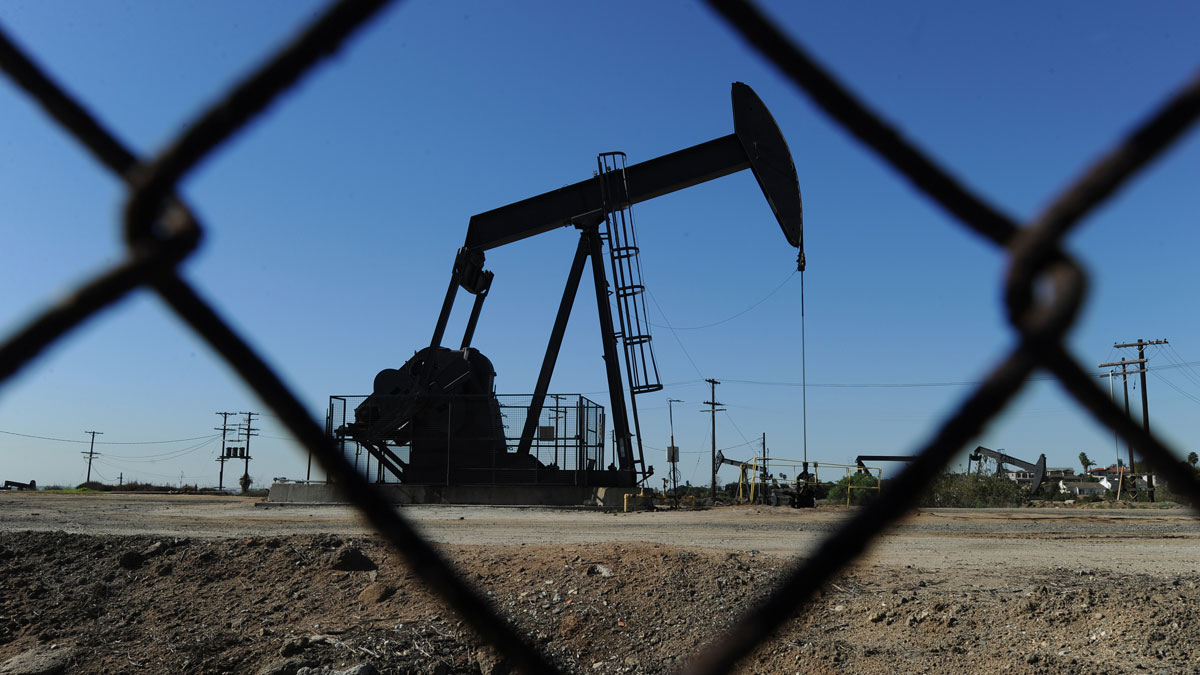
Oil price falls raise concerns about fracking costs
22 October
The tumbling price of oil worldwide is causing US shale oil and gas suppliers to look for ways to drive down their production costs.
Even before oil prices began to fall, many small and mid-sized shale exploration and production companies were running large cash deficits, the Financial Times reports. If oil prices continue at their current levels, up to 25 per cent below June levels, it may be hard for many of them to make ends meet.
The Week
Escape your echo chamber. Get the facts behind the news, plus analysis from multiple perspectives.

Sign up for The Week's Free Newsletters
From our morning news briefing to a weekly Good News Newsletter, get the best of The Week delivered directly to your inbox.
From our morning news briefing to a weekly Good News Newsletter, get the best of The Week delivered directly to your inbox.
The key to their ongoing viability, however, may be in bringing down their productions costs. One successful shale oil producer, EOG Resources, cut its production costs per well in the Leonard shale on the border of Texas and New Mexico from $6.9m in 2011 to $5m this year. Simultaneously, the company managed to raise the average productivity from each well.
Due to such advances, some analysts believe that oil prices may need to fall further before they hurt the US shale industry.
"In the face of falling global and US crude oil prices, a key question becomes: how low would WTI prices [a Texas benchmark] have to go to meaningfully slow down US shale production growth?" Citi analyst Eric Lee told the Sydney Morning Herald.
"To bring US shale production growth to zero... might need prices ranging from $US40-60 per barrel," Lee said.
A free daily email with the biggest news stories of the day – and the best features from TheWeek.com
Still, while the prospect of disaster for the shale industry seems unlikely, it seems increasingly possible that falling oil prices could lead to cutbacks.
Scott Sheffield, chief executive of Pioneer Natural Resources, a leading shale oil producer, said last week that there would be a "significant cutback" in drilling if WTI prices fell below $70, and there would be "some cutback" even at $80.
With prices hovering just above that level at the moment, some cuts seem increasingly likely.
Oil price: can Russia cope with further falls?
20 October
The declining oil price, which has fallen by 25 per cent since June, has plunged Russia into economic uncertainty, analyst say.
It is also leading to financial anxiety in other petro-states such as Venezuela and Iran.
Oil and gas make up 70 per cent of Russia's exports and half of the federal budget, so the price drop from $100 to $80 a barrel is likely to cause a shortfall of about two per cent of the country's GDP, the Financial Times says.
With economic growth in Russia already sluggish and sanctions imposed by Europe and America taking effect, further drops in the price of oil could be very costly for the country.
Already, the Moscow stock market has dropped by more than 20 per cent since the summer, The Guardian reports, and Russia's central bank is now said to be working on a "shock scenario" of oil prices falling as low as $60 a barrel.
Experts say that even in that scenario the country would not run out of cash until 2017, but the greater concern to Vladimir Putin will be the stagnation, if not decline, of real incomes.
Lower oil prices result in a weaker rouble, which "will undermine the purchasing power of Russian consumers in real terms," the FT says. Since Russia is a net importer of food and consumer goods, "overall prices can be expected to increase".
Putin may also have to curb his military ambitions, the Washington Post suggests. The Kremlin's finance minister warned this month that Russia can no longer afford its ambitious ten-year defence spending plan.
So how will Putin react? If recent events are any indication, the Russian president will respond "by convincing the public that they are in a besieged fortress and must rally around the flag whatever the cost," the FT says.
"This will require raising propaganda and political repression to yet another level – and may involve even more unpredictable foreign policy choices".
Oil prices: rebound fails to calm nerves
16 October
US oil prices rebounded from intraday losses yesterday to finish the day nearly flat, but concerns remain that the market still looks oversupplied.
Oil prices have been in decline for nearly four months, but Tuesday's $4 plunge was the biggest drop in more than two years.
Driving the freefall has been a combination of oversupply, slowing demand, a stronger US dollar and continued inaction from Opec, Fortune reports.
On Wednesday, the US benchmark fell to $80.01 a barrel on the New York Mercantile Exchange. It then rebounded before wavering between gains and losses and finally settling down 6 cents, or 0.1 per cent, at $81.78 a barrel – the lowest level since 28 June, 2012, the Wall Street Journal reports.
"People are definitely concerned about both the supply and demand side of the equation," Adam Wise, managing director at John Hancock Financial Services told the Wall Street Journal.
As global oil prices have fallen, Saudi Arabia is "emerging as a central player," says the New York Times, accused by some of allowing prices to fall to weaken rivals including Iran and US shale gas producers, but looked to by others as "the only hope of ending the rout".
The falling prices have also triggered fears over Venezuela's deteriorating economy. Problems in the country have already forced the president Nicolas Maduro to slash imports to cover foreign debt payments in a bid to bring an end to shortages within the country that include "almost everything, from toilet paper to medical supplies," the Financial Times says.
Moisés Naím, senior associate at the Carnegie Endowment for International Peace in Washington, told the paper: "It is hard to believe, but there are worse shortages in Venezuela than there are in Syria".
Opec has so far refused to respond to Venezuela's requests for an emergency meeting. The group's next scheduled summit with be in Vienna on 27 November.
Oil prices plunge to four-year low as demand slows
15 October
Global oil prices have continued to plunge, after the International Energy Agency (IEA) cut oil demand growth forecasts by more than 20 per cent, while Opec producers in the Middle East showed no signs of cutting production.
Brent crude fell $2.72 to $86.17 a barrel yesterday before rallying slightly, while US crude dropped $1.75 to $83.99.
The impact on the economies of oil-importing and oil-exporting countries around the world was felt immediately, the Washington Post reports. The lower prices will push "the budgets of Saudi Arabia, Russia, Libya and Iraq into the red, and [deepen] budget deficits in oil-exporting nations of Nigeria, Venezuela and Iran".
Even before the latest falls Venezuela's foreign minister Rafael Ramirez called for an emergency meeting of Opec members last Friday in a bid to arrest the slide in prices.
So far Opec, which produces about 40 per cent of the world's crude oil, has shown no indication that it intends to reduce supply, the BBC says. Rather, the organisation reported in September that production had hit a 13-month high.
But the organisation's most recent forecasts on how global demand would increase this year were 200,000 barrels a day lower than its previous forecast. Saxo Bank analyst Ole Hansen told the BBC that the IEA report shows oil demand growth this year rising at the slowest pace since 2009.
"At current production levels, supply growth will outstrip demand growth and this is adding to the current negative sentiment in the market," he added.
The diminished forecasts for oil demand have been linked to concerns about the global economy. Last week, the International Monetary Fund warned that the economic recovery was "weak and uneven".
Oil price: Saudi Arabia prepares market for lower prices
13 October
Saudi Arabia has been "quietly telling" fellow oil producing nations to prepare for an extended period of significantly lower prices, in a move designed to halt the advance of rivals, such as shale gas producers, Reuters reports.
Unnamed sources, who declined to be named due to the confidential nature of the discussions, said that Saudi officials have made it clear to oil market investors and analysts that they may be willing to accept oil prices below $90 per barrel and potentially even as low as $80 per barrel.
The move indicates that the kingdom, the largest oil producer in the Organisation of the Petroleum Exporting Countries (Opec), is ready to abandon its longstanding strategy of regulating supply to hold the price of oil at around $100 per barrel in favour of a new scheme designed to maintain market share in the face of increasing supply from the shale oil and gas boom and ultra-deepwater explorations.
Sources suggested that the policy of controlling supply could be about to change and that Saudi officials had not made it clear whether they had any plans to cut production. In July, Saudi Arabia pumped a third of Opec's total output, around ten million barrels of oil a day, but in August the Gulf nation cut production by around 400,000 barrels to 9.6 barrels per day – a move possibly designed "to keep global supply in check and support prices", the Financial Times says.
When asked whether the country would respond to calls from other Opec members clamouring for further production cuts to push global oil prices back up above $100 a barrel, one Saudi official responded "what cuts?" Reuters reports.
Meanwhile, the United States is expected to become the world's largest producer of liquid petroleum this week, supplanting Saudi Arabia at the top of the table first time in 20 years, says The Times.
The swift rise of shale oil and gas in America has seen output increase from about eight million barrels a day in 2011 to almost 12 million barrels today.
Doubts remain, however, as to whether the US will be able to maintain its position ahead of Saudi Arabia. Unlike traditional wells that may produce oil for years, shale gas tends to tail off very swiftly, the Times notes.
"The idea that the US will be able to sustain much higher production than the Saudis is yet to be proven," said Richard Mallinson, an analyst at Energy Aspects, a research firm based in London.
Oil price: rally proves to be another false dawn
Oil dipped lower by the close in New York yesterday, marking the fourth consecutive session of modest losses.
Having hit a near 13-year low of $27 a barrel in early February, international benchmark Brent crude enjoyed a strong rally to around $50 by last month. A second leg of its upward move driven by supply outages in Canada, Nigeria and elsewhere sent it to a new high of $53 last week.
But since then, it has fallen back below $50 – and it had dipped another one per cent to around $49.30 a barrel by around 10am in London trading today. Its US peer, West Texas Intermediate, was down 0.8 per cent to $48.10.
Reuters reports [1] the latest fall came after a private sector report forecast a shock 1.2 million barrel gain in US stockpiles last week.
This would defy analyst predictions for a 2.3 million barrel draw and signals the end of domestic demand balance brought about by the hit to Canadian output in particular. Official figures from the US Energy Information Administration will be published today.
Pipeline disruptions are widely seen as eroding the hefty global oversupply of the last two years that is dragging prices lower.
However, production from the likes of Saudi Arabia and Russia remain near record highs, Iran is returning to the market faster than expected and Canadian exports are coming back online all-too-rapidly for comfort for oil bulls.
"It goes along with all the uncertainty in the market right now," Carl Larry, the director of business development for oil and gas at Frost & Sullivan, said. "Nothing is solid."
Oil futures are also being hit by the upcoming EU referendum. A vote to Leave would likely send the dollar higher and could trigger a demand-dampening recession across Europe.
Longer-term, there are those who say the current narrow price band around $50 represents a price trap [2] from which the market cannot break out.
"It's 'reverse Goldilocks' – it's not hot enough and it's not cold enough… it's not low enough for the bears and it's not high enough for the bulls. Ergo, [$50] is the one number you don't stick at," Paul Horsnell, the head of commodities research at Standard Chartered, said.
The international oil price hit a new four-month low overnight, while the main US price benchmark remained below the important $40-a-barrel threshold as supply sentiment remained bearish. This was despite data from the American Petrol Institute yesterday showing a draw on US raw crude oil stockpiles last week that was in line with expectations and up from the week before. Brent crude, which sets global prices for oil from the North Sea, fell below $41.70 last night, its lowest point since the very beginning of April. It was hovering around $42 in London this morning, the threshold of "bear market" territory at 20 per cent below the June peak. US counterpart West Texas Intermediate was down at around $39.50 a barrel at one point, similarly its lowest level since the beginning of April. It was still languishing below the $40 threshold this morning at around $39.80, down more than 20 per cent from the June high. API data showed stocks of raw crude at the main delivery hub in Cushing, Oklahoma, fell 1.3 million barrels last week, reports Oilprice.com [1]. Petrol reserves fell by 450,000 barrels, although distillates such as diesel saw a build of around 500,000 barrels. Inventories of refined products have been growing strongly, which has hit sentiment as it indicates underlying demand is still well below where it needs to be for a balanced market. Moving the market in recent days have been reports that output from the Opec cartel is rising. Further credence was added to this view by estimates from Morgan Stanley yesterday that supply from Libya could be boosted by 300,000 barrels a day, reports Reuters [2]. It is also estimated that exports from Iraq were higher in July and that a turf war between Saudi Arabia and Iran has been gathering momentum. There has additionally been data suggesting that drilling activity is picking up and that a steady slide in US production could have turned positive for the first time this year.
Oil rose six per cent in 24 hours and, according to one veteran trader, could be set for a "violent reversal" to much higher levels. The steep overnight rise was driven by "short-covering" by hedge funds and other large investors, reports Reuters [1]. This is where traders, who have recently built up a huge bet on prices falling further, are forced to switch out of bearish positions in response to an underlying upward move, accelerating the pace of increase. The shift drove US price benchmark West Texas Intermediate to close to $42 overnight, up from less than $40 a day earlier, which represented bear market territory. International oil price benchmark Brent crude rose back above $44 a barrel, up from its own bear market threshold around $42. Analysts said the oil price has now risen overall, although not consistently, for two days. However, there is "little fundamental data" to support a significant uptick, ANZ Bank said, as reports still point to resurgent raw crude stocks and a massive stockpile of refined products. Consequently, prices waned in London this morning, with both benchmarks down around 0.5 per cent at 10.30am. But veteran oil trader Andy Hall, who runs the Astenbeck Capital Management hedge fund, is telling his investors to expect a big move higher in the coming months, reports Bloomberg [2]. Hall, known as the "god of crude oil trading", says July's dip in prices, after a rally to above $50 in June, was "overblown" and that the market is "being driven by its own momentum". He maintains that overall oil supply is much more balanced and that prices at the current level are "unsustainable".
Market nervous after API report estimates a 4.5 million-barrel increase in US shale production last week
Gdansk: could this be Krakow’s rival?
Being made from Polish stock, I decided to take a one-monthtrip round Eastern Europe in December. Among the many places I visited, I wentto Gdansk and Krakow. While Krakow is a known Polish jewel, I found the lessdiscovered Gdansk equally enchanting.
Perhaps aimed at those wanting to take a city break tosomewhere less commercial than the usual European hotspots, this travel piecewould feature the city’s highlights, including the luxurious Dwor Oliwski spa,the award-winning European Solidarity Centre, fine-dining restaurantMetamorfoza and the quirky, junk-adorned bar, Josef K.
The oil price is heading for its third consecutive weekly gain following a report from the International Energy Agency (IEA). Its latest figures revealed global oil inventories rose for the first quarter as a whole, thanks to a "surge in last-minute exports before Opec's [supply cuts] deal came into effect on 1 January", says the Financial Times. [https://www.ft.com/content/6fa8cb2c-2037-11e7-a454-ab04428977f9] The international energy watchdog also said that if the market is to start drawing down stockpiles in the second half of the year, then Opec, Russia and the other producers will need to extend their deal to cut production, which is due to end in June. Until that time the countries are pledged to reduce output by around 1.8 million barrels per day from their levels at the end of last year. IEA figures showed slower growth in demand for oil and predicted a rise in production in the US, which it said means the market is "very close to balance" but in need of longer-term cuts. However, traders see the report as positive, on the basis that reserves actually fell on a monthly basis in both February and March and that oversupply is close to being eroded. Even the US production surge forecast was more limited than some had anticipated, says Reuters. [http://www.cnbc.com/2017/04/12/crude-oil-eases-for-second-day-on-rising-us-inventories.html] US producers are expected to be supplying 680,000 barrels a day more by the end of the year, meaning non-Opec production will rise by 485,000 barrels. "The market remains torn between evidence of strong compliance by Opec members with the supply cuts they agreed at the end of last year and a rebound in the US shale industry," adds the FT. Brent crude, the international price benchmark, was up 0.3 per cent this afternoon and back above $56 a barrel. US counterpart West Texas Intermediate was up 0.5 per cent at $53.35.
http://oilprice.com/Geopolitics/International/Kurdish-Vote-Wont-Spark-A-Sustained-Oil-Price-Rally.html
-
 The ultimate films of 2025 by genre
The ultimate films of 2025 by genreThe Week Recommends From comedies to thrillers, documentaries to animations, 2025 featured some unforgettable film moments
-
 Political cartoons for January 3
Political cartoons for January 3Cartoons Saturday's political cartoons include citizen journalists, self-reflective AI, and Donald Trump's transparency
-
 Into the Woods: a ‘hypnotic’ production
Into the Woods: a ‘hypnotic’ productionThe Week Recommends Jordan Fein’s revival of the much-loved Stephen Sondheim musical is ‘sharp, propulsive and often very funny’
-
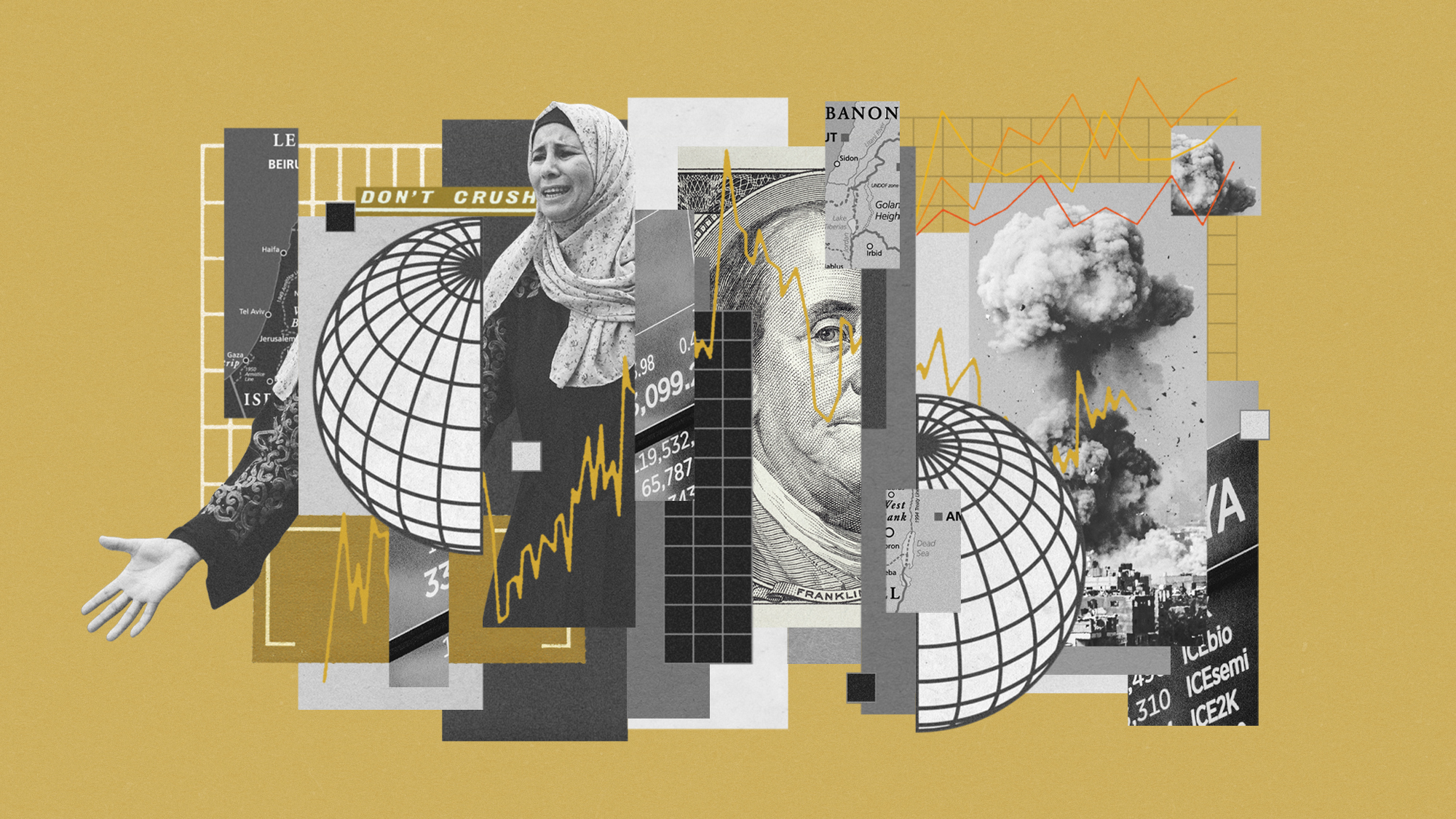 How might the Israel-Hamas war affect the global economy?
How might the Israel-Hamas war affect the global economy?Today's Big Question Regional escalation could send oil prices and inflation sky-high, sparking a worldwide recession
-
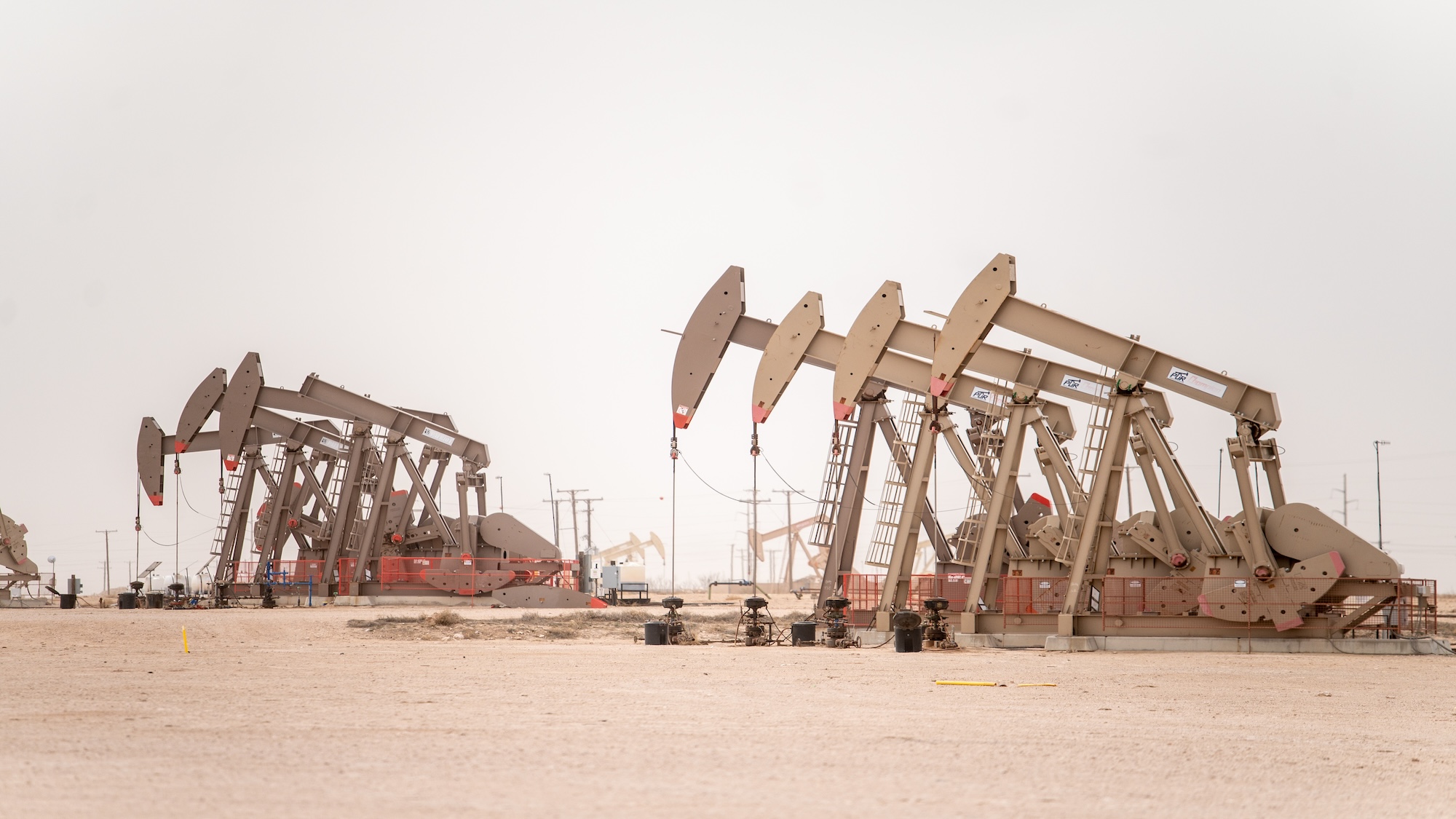 Recent mega-mergers could signal a turning point for the US oil industry
Recent mega-mergers could signal a turning point for the US oil industryTalking Point Both Chevron and Exxon have recently spent billions to acquire smaller oil companies
-
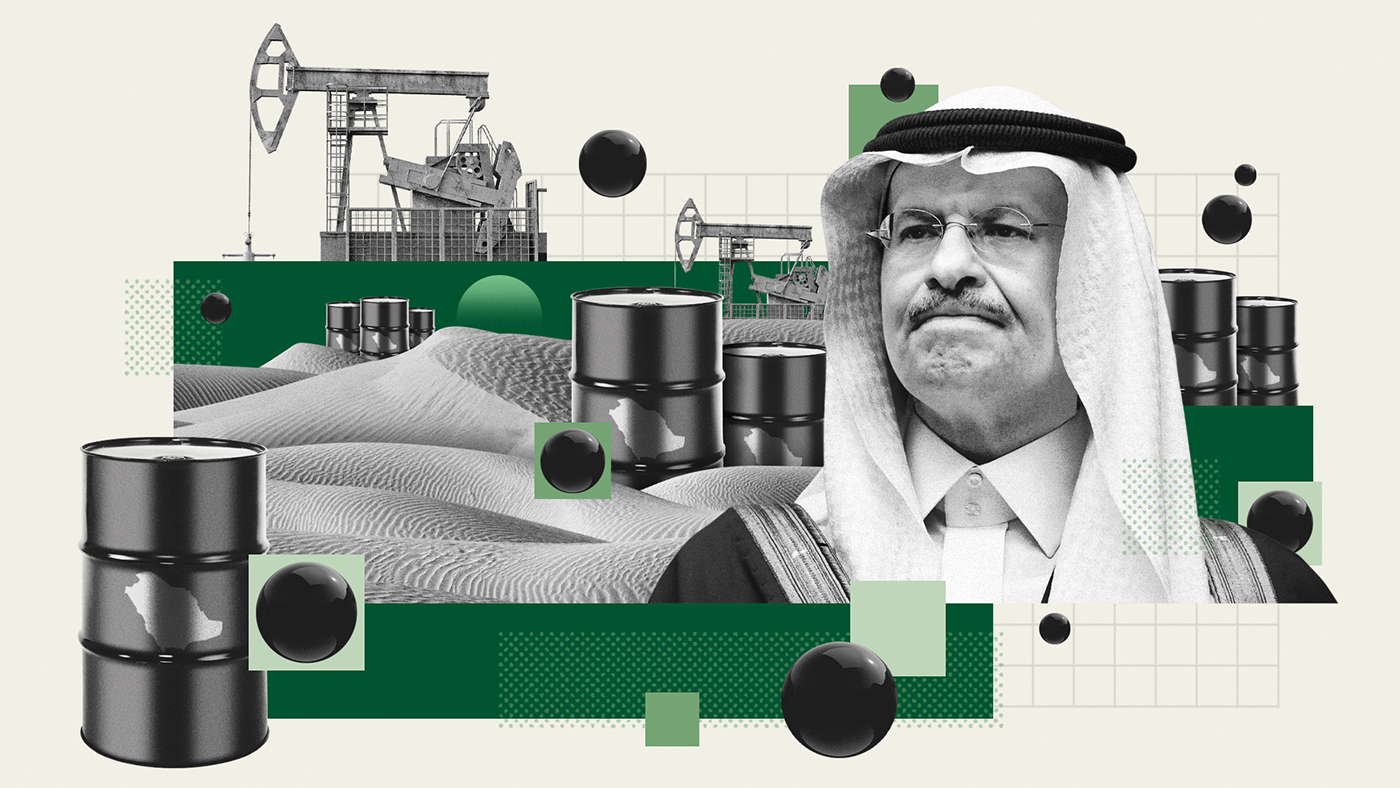 Has Saudi Arabia lost control of oil prices?
Has Saudi Arabia lost control of oil prices?Today's Big Question Kingdom goes it alone to cut production, risking tension with US and reigniting cooling inflation in Europe
-
 US angered by Opec+ oil cut
US angered by Opec+ oil cutSpeed Read Energy prices to rise further as producers slash supply by two million barrels a day
-
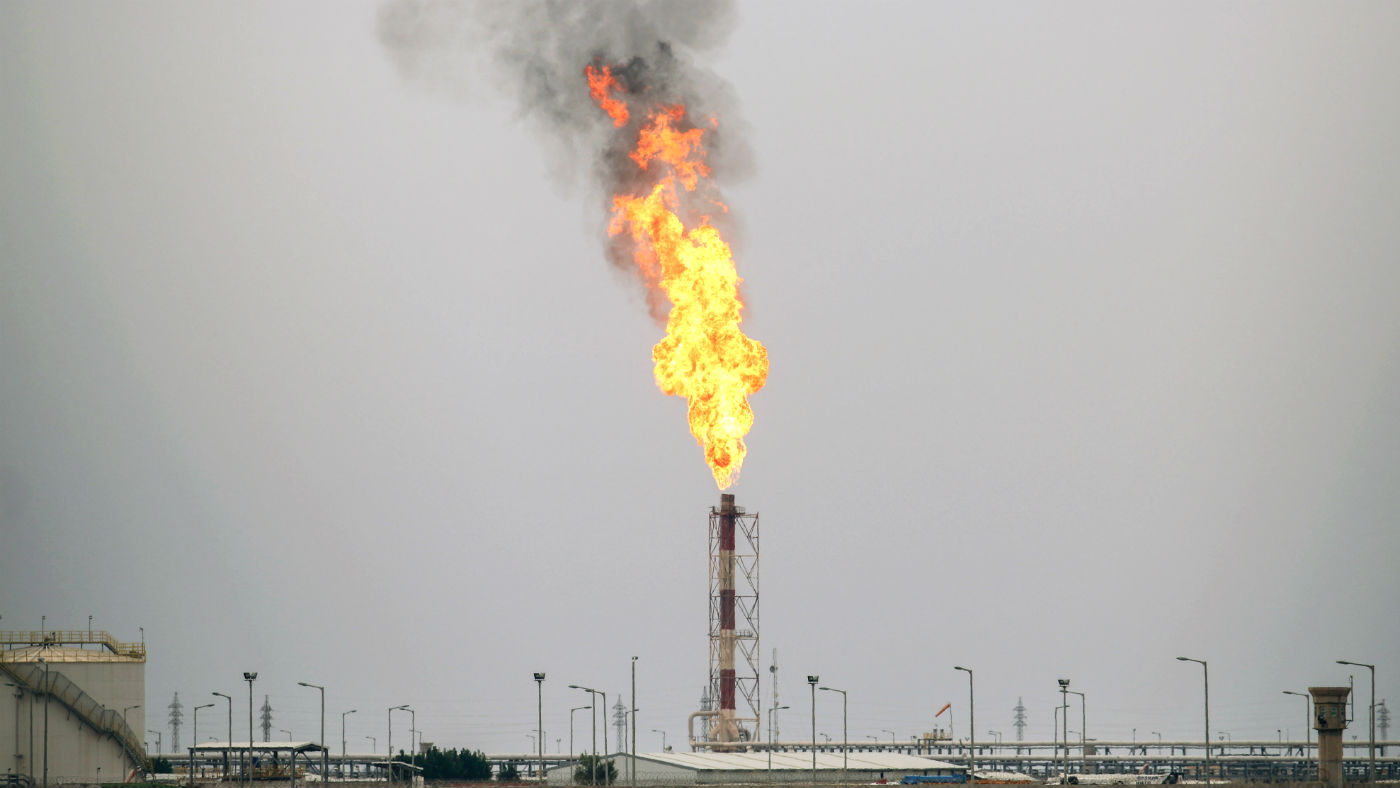 Global oil demand forecast lowered for 2020 and 2021
Global oil demand forecast lowered for 2020 and 2021Speed Read IEA report says jet fuel demand remains the major source of weakness
-
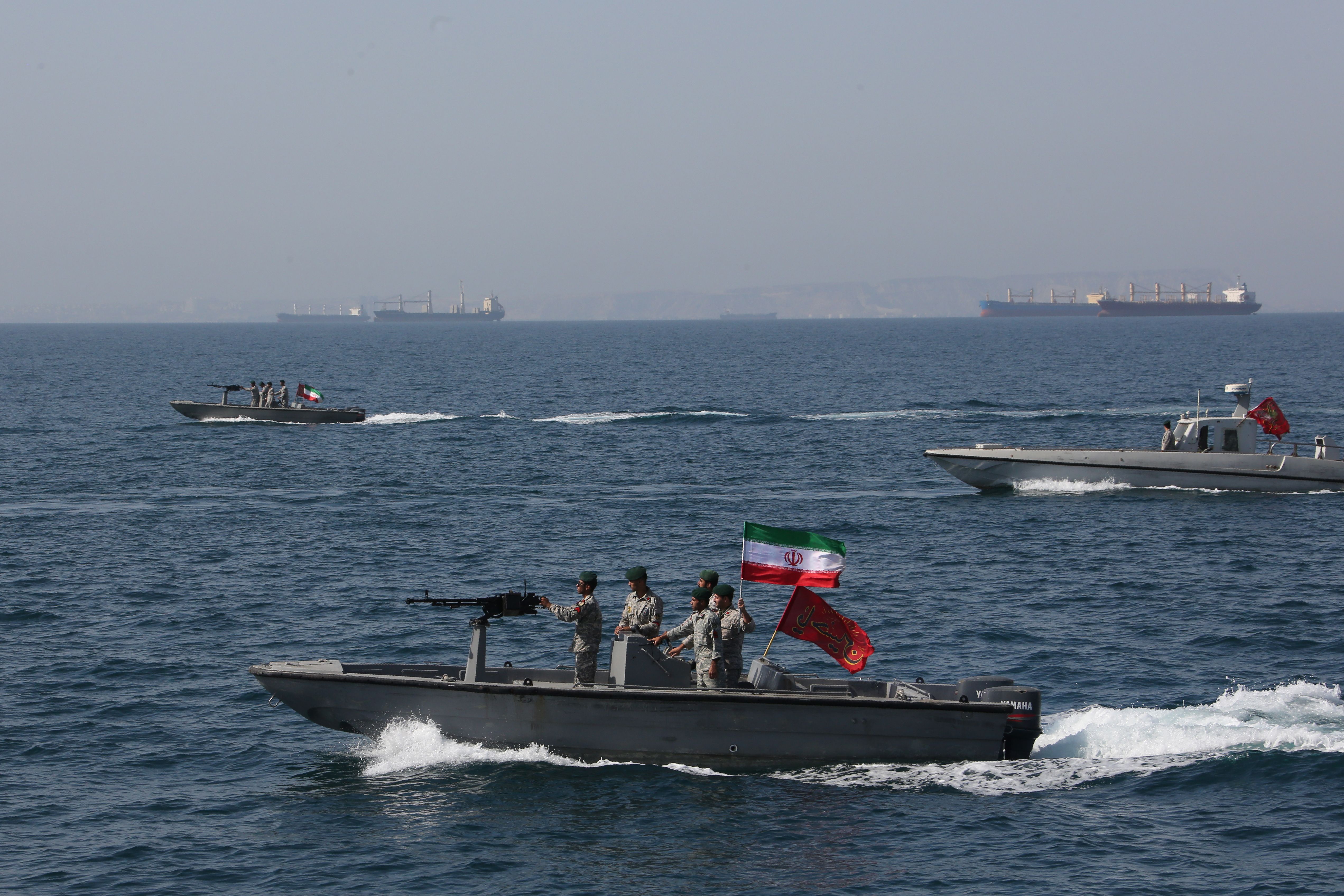 Are US-Iran tensions flaring again?
Are US-Iran tensions flaring again?In Depth Trump threatens military action over Twitter
-
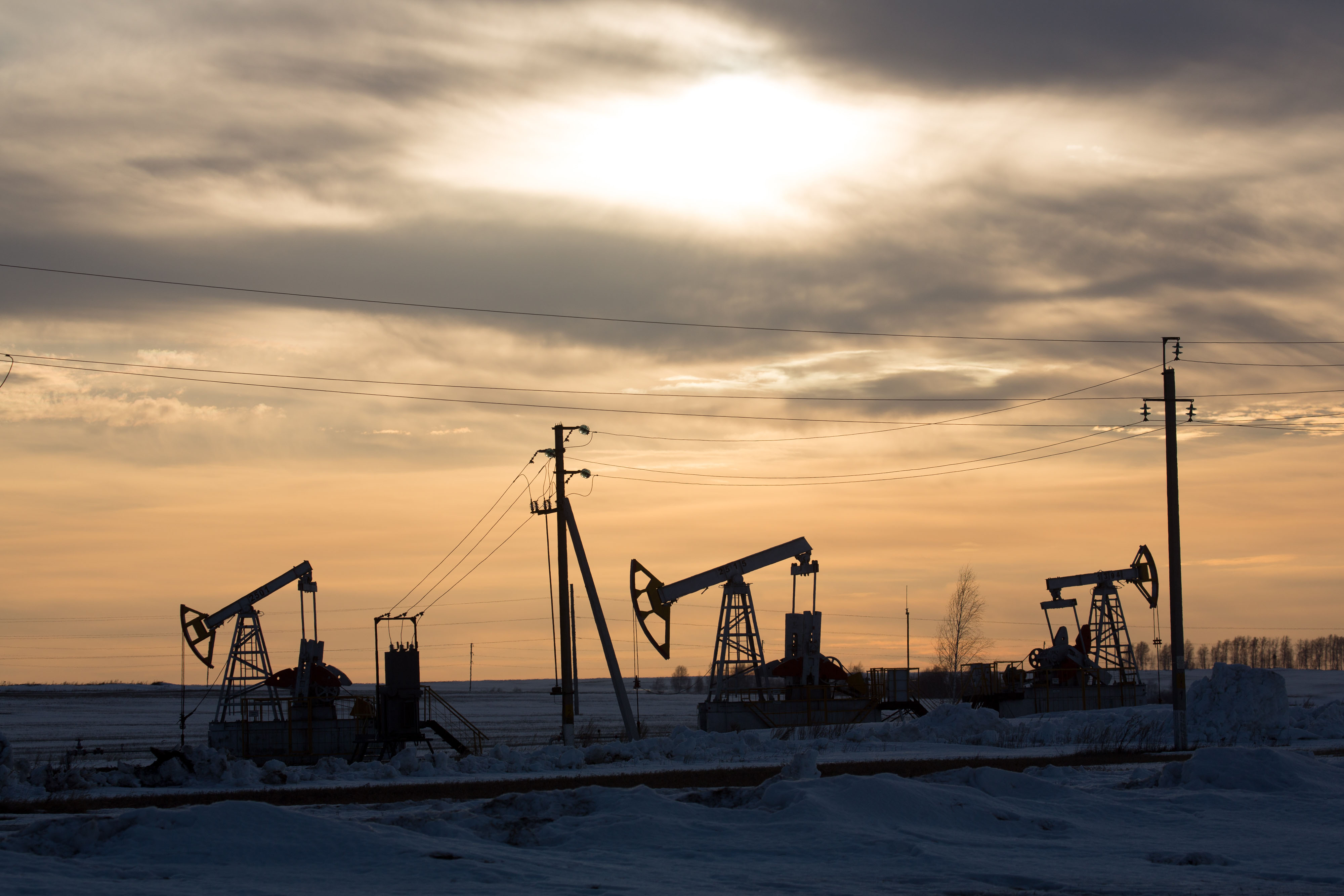 Can a deal be struck to raise oil prices?
Can a deal be struck to raise oil prices?In Depth Opec+ will convene today over video link in a bid to boost crude
-
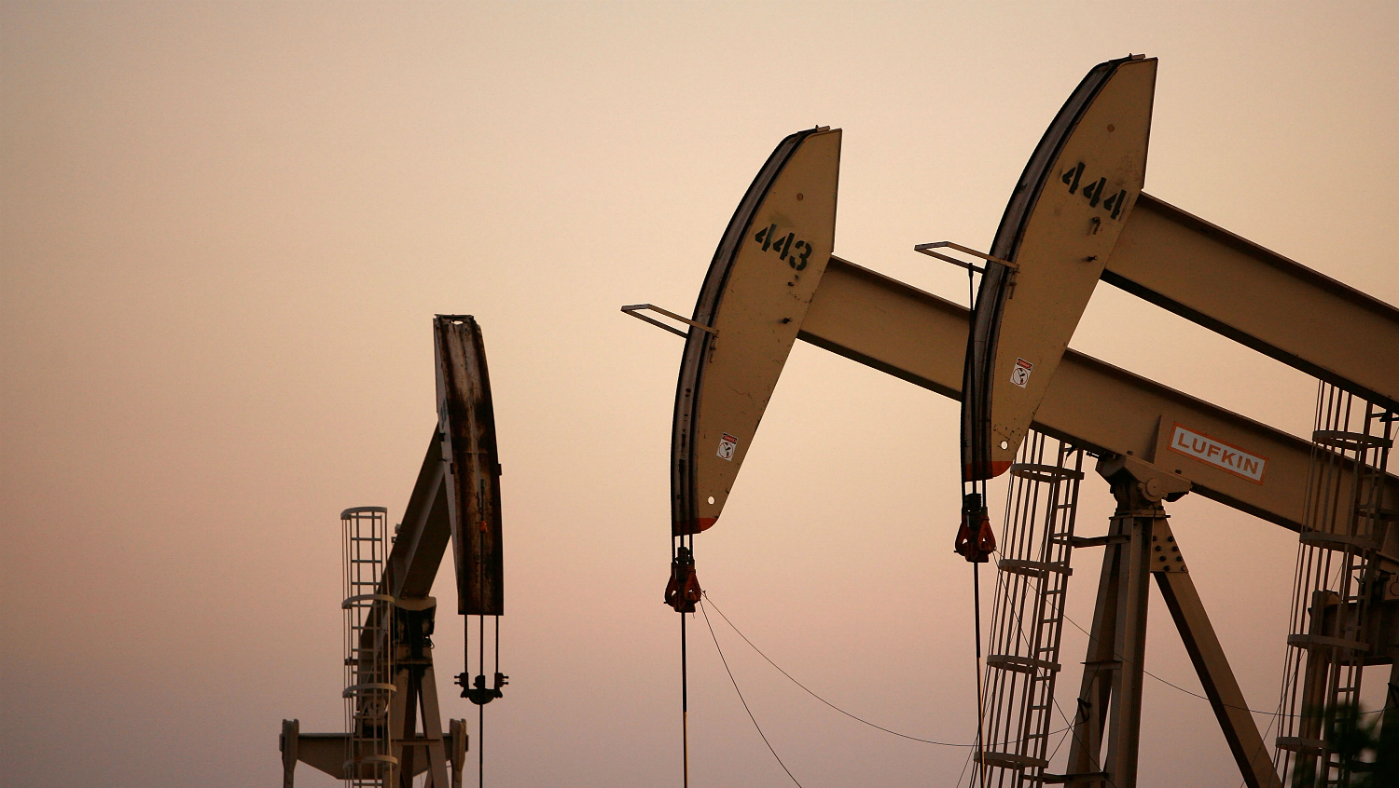 What do negative oil prices mean?
What do negative oil prices mean?In Depth Perfect storm of oversupply and storage shortages sees producers paying to get rid of US crude